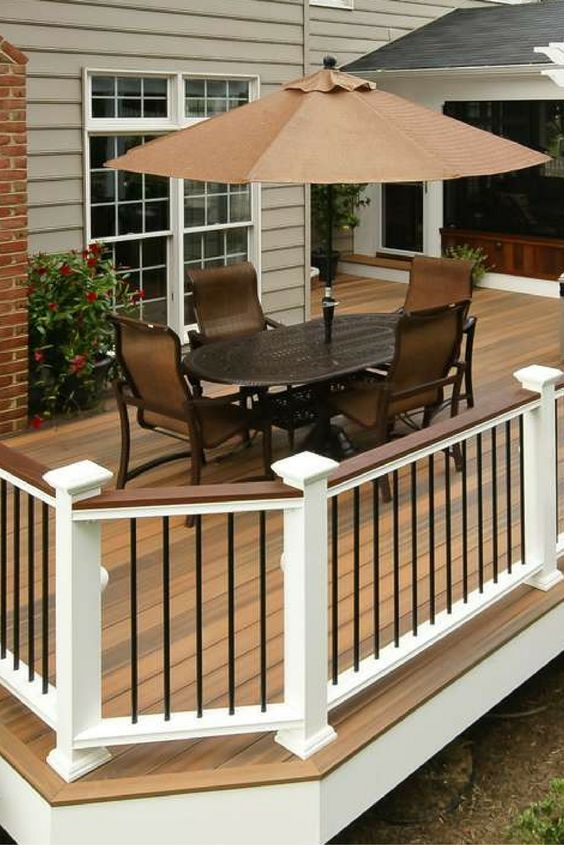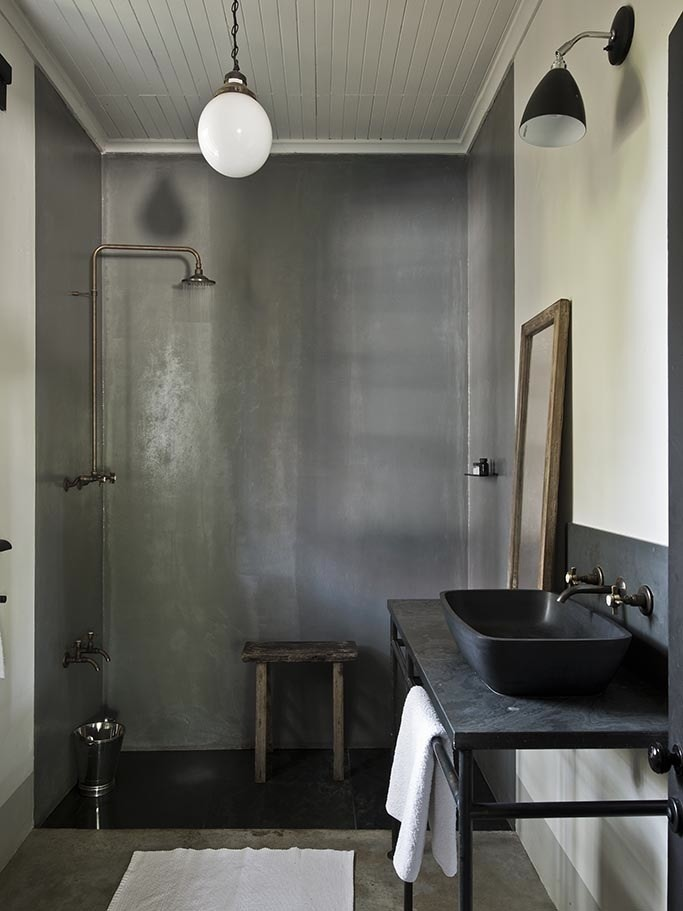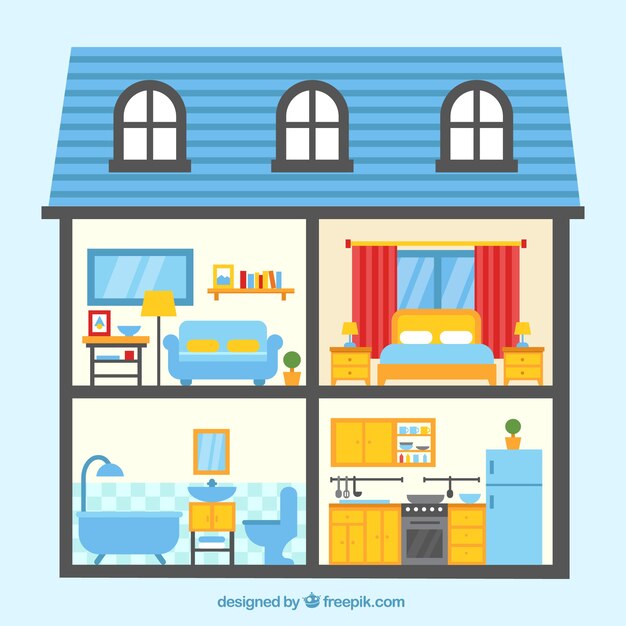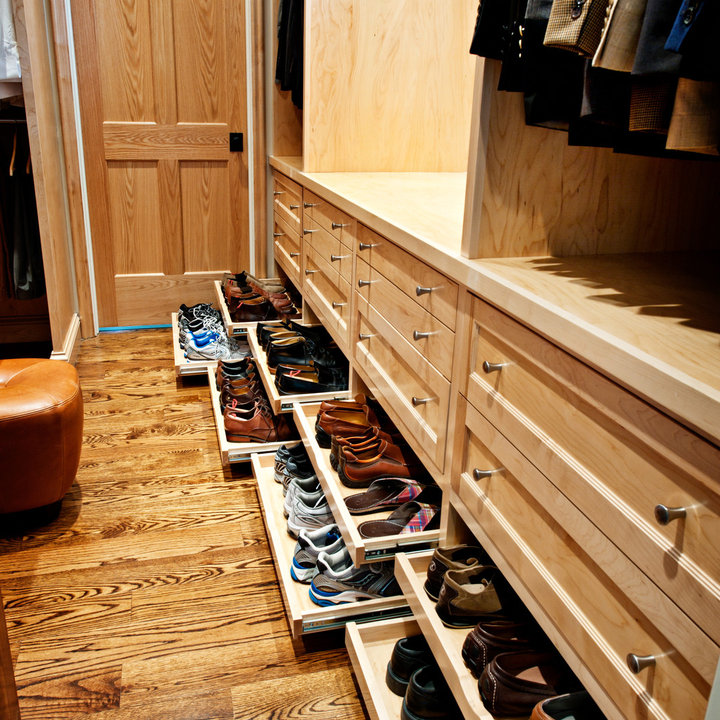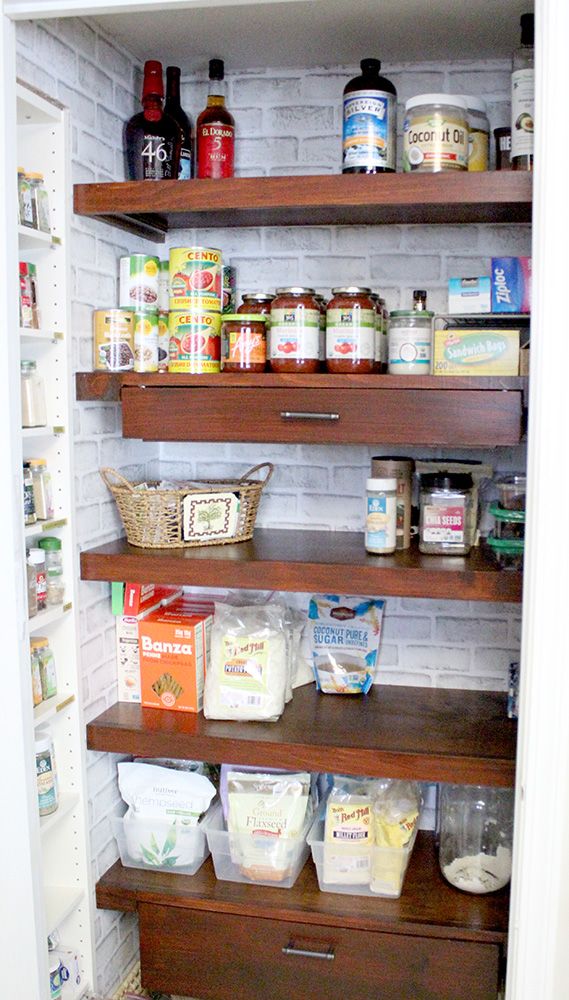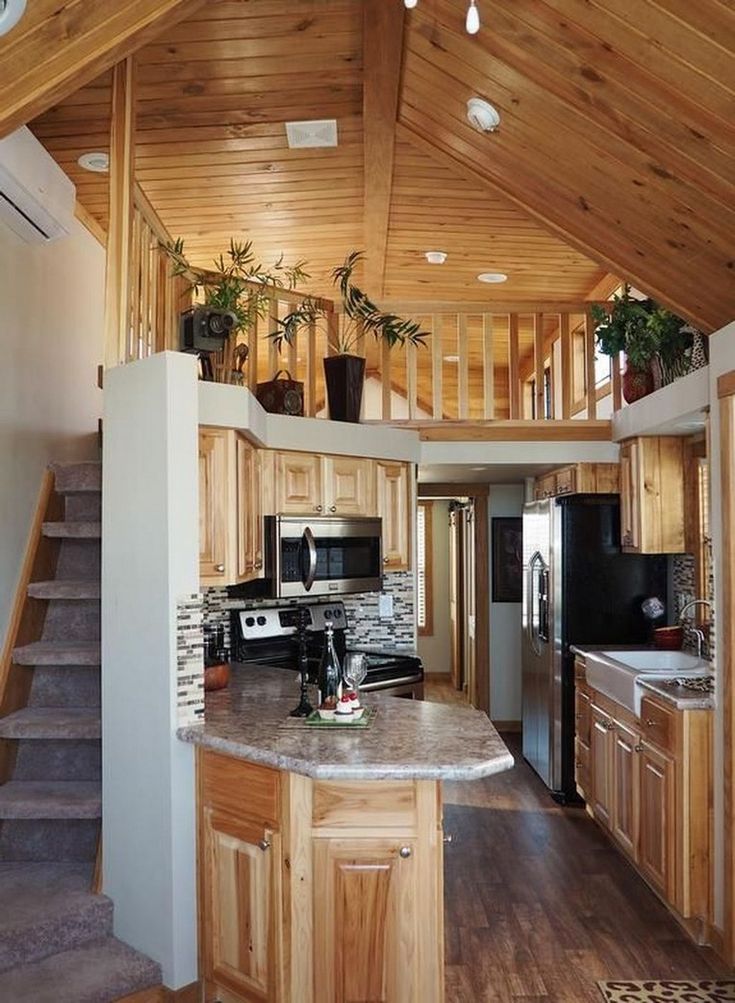Best bathroom floor options
The Best Flooring Options for Bathrooms
When it comes to choosing flooring for a bathroom, most homeowners focus on finding an attractive, durable material that suits their style. But there’s one major difference between bathroom flooring and the flooring of other rooms—bathroom surfaces need to be waterproof. And picking a floor that meets that need should be priority number one.
Water can splash from the sink. The toilet can overflow. Steam from the shower typically mists the entire bathroom at least once a day. A wet bathroom is not the exception but the norm, and water will wreak havoc on the wrong type of flooring. So while designing a beautiful bathroom may be your goal, keeping it waterproof should be your biggest concern. Here are some flooring options and the pros and cons of each.
Porcelain and Ceramic Tile
There’s a reason why porcelain and ceramic are classic bathroom flooring choices. Not only are they waterproof, but they’re also relatively inexpensive and can mimic the look of pricier materials such as natural stone or wood. (And while the two materials are similar in composition, porcelain is different from ceramic in that it’s made from more refined clay and fired at a higher temperature, making it more durable and less porous.)
In terms of styles, porcelain and ceramic are offered in an endless array of sizes, shapes, textures, and colors, so your design choices are practically limitless.
VIDEO: How to Replace a Vinyl Floor with Ceramic Tile
Porcelain and ceramic are cold to the touch, but they’re also very receptive to radiant heating laid underneath. In fact, if your desire is to have a bathroom with heated flooring, porcelain and ceramic are the most popular options.
A con to these materials? They can be slippery. Choose a tile with a textured surface or smaller tiles that require more grout, which provides better traction.
Natural Stone
Durable and attractive natural stone always exudes an air of luxury, but it’s pricey and not completely waterproof. Softer materials like travertine and limestone need to be resealed every couple of years, while harder stones like marble and granite can last up to five years before having to reseal them.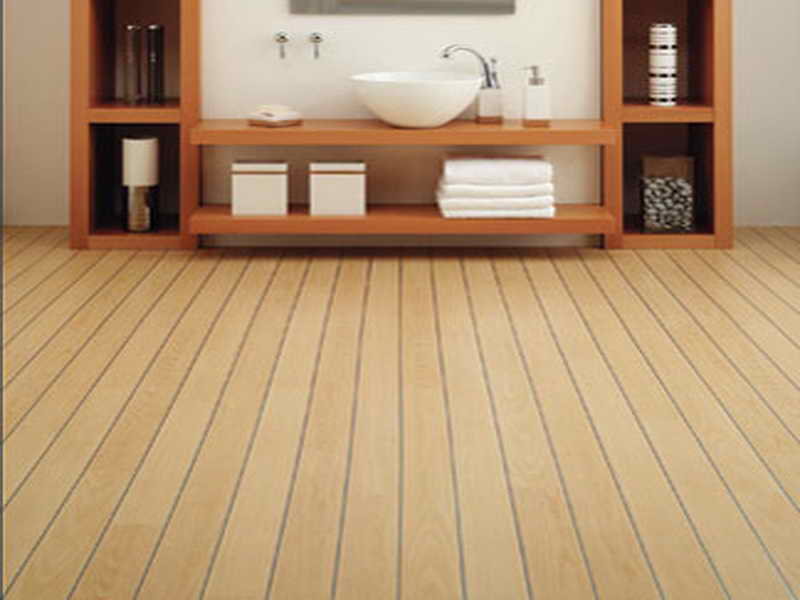 If you can afford natural stone and don’t mind refinishing the floor once in a while, it’s certainly one way to raise the resale value of your home.
If you can afford natural stone and don’t mind refinishing the floor once in a while, it’s certainly one way to raise the resale value of your home.
Like porcelain and ceramic, stone feels cold to the touch, but this problem can be eliminated with underfloor heating. Also like ceramic and porcelain, it is a very slippery material; consider choosing a stone that’s been honed or tumbled instead of polished, or something that’s been textured with sandblasting. There are also naturally textured stones such as slate.
Vinyl
For the past decade, vinyl has surged in popularity as a bathroom flooring material due to its water-resistance, reasonable pricing, and ease of installation. This has resulted in a plethora of styles and designs flooding the market. The material comes as sheets, planks, or tiles, with sheets being the best option for bathrooms because the installation is virtually seamless, making it waterproof.
There are two types of vinyl composition: wood plastic composite (WPC) and stone plastic composite (SPC).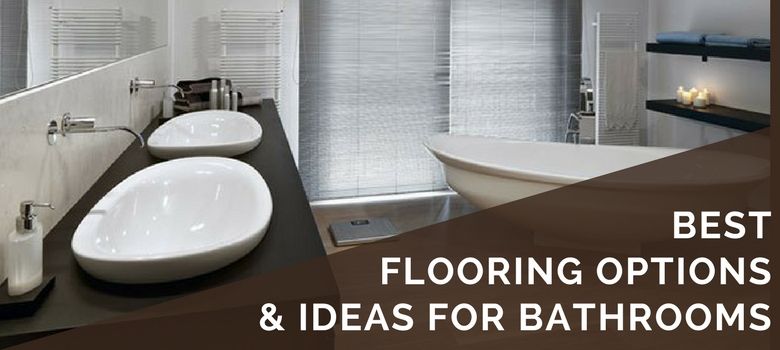 Both are made with a waterproof core, but WPC is preferred for being thicker, more flexible, and more resilient.
Both are made with a waterproof core, but WPC is preferred for being thicker, more flexible, and more resilient.
While vinyl is extremely durable, it can develop bumps, gaps, or curls after a period of time. Vinyl can also be hard to fix if it is pierced by a sharp object. And because the material is so well-priced, it won’t do as much for your home’s resale value as more expensive materials might.
Laminate is often confused with vinyl, but the former has a wood-chip base that makes it an inferior bathroom flooring material. If the wood comes in contact with water, it will absorb it and bubble up, and eventually, the flooring will need to be replaced.
Concrete
Concrete bathroom floors are typically found in homes with slab foundations. You can also choose to have a concrete slab or overlay poured for a bathroom floor. The slab can be dyed, polished, stamped, or painted to create a sleek look that fits well with a modern aesthetic.
The advantages of concrete are that it’s completely impervious to water damage and will last a lifetime.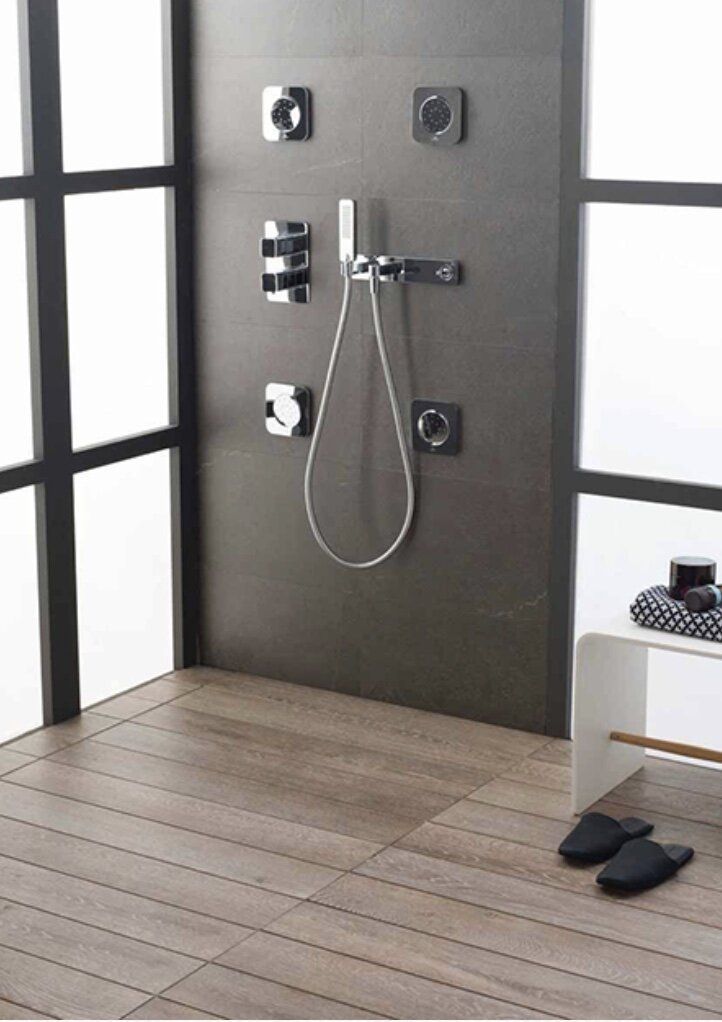 Getting concrete stained or stamped isn’t expensive, and when you consider how long this type of flooring will last, it becomes, even more, cost-effective.
Getting concrete stained or stamped isn’t expensive, and when you consider how long this type of flooring will last, it becomes, even more, cost-effective.
However, concrete can be cold and hard to the touch, as well as extremely slippery if it’s finished with a smooth surface. If you’re polishing a concrete slab to use as the bathroom floor, have the finishers leave a little bit of texture for traction.
Engineered Wood
While wood and water don’t typically mix, engineered wood features a plywood base that holds up well against moisture. If you must have a wood floor in your bathroom, this is your best bet.
Engineered wood looks like real wood because the top layer is made of hardwood veneer. This is a relatively expensive option, and there’s another downside: Engineered wood is prone to damage, and you can only sand it so often before you penetrate through the veneer layer. Still, it’s a viable option that can work if you’re careful.
Solid hardwood, on the other hand, is never a good idea for bathrooms. It’s extremely sensitive to moisture and will likely eventually rot, even with a topcoat of protection.
It’s extremely sensitive to moisture and will likely eventually rot, even with a topcoat of protection.
Cork Flooring
If sustainability is important to you, consider cork as a flooring material. Waterproof and comfortable underfoot, it’s an excellent choice for the bathroom. It’s also naturally textured, which makes it the perfect non-skid surface. Plus, cork can feature some beautiful and unique grain patterns. To protect your cork flooring from moisture, reseal it every couple of years.
What is the Best Flooring for Bathrooms? – The Good Guys
Believe it or not, your bathroom is one of the most important rooms in your home. A basic necessity for everyday convenience, bathrooms are a key feature of any home whether you’re in it for the long-haul, or considering resale. So, it’s no surprise that when it comes to remodeling, even more so than when initially purchasing a home, bathrooms are typically near the top of the priorities checklist list.
These important spaces, however, come with some special considerations when it comes to finishes – in particular the flooring.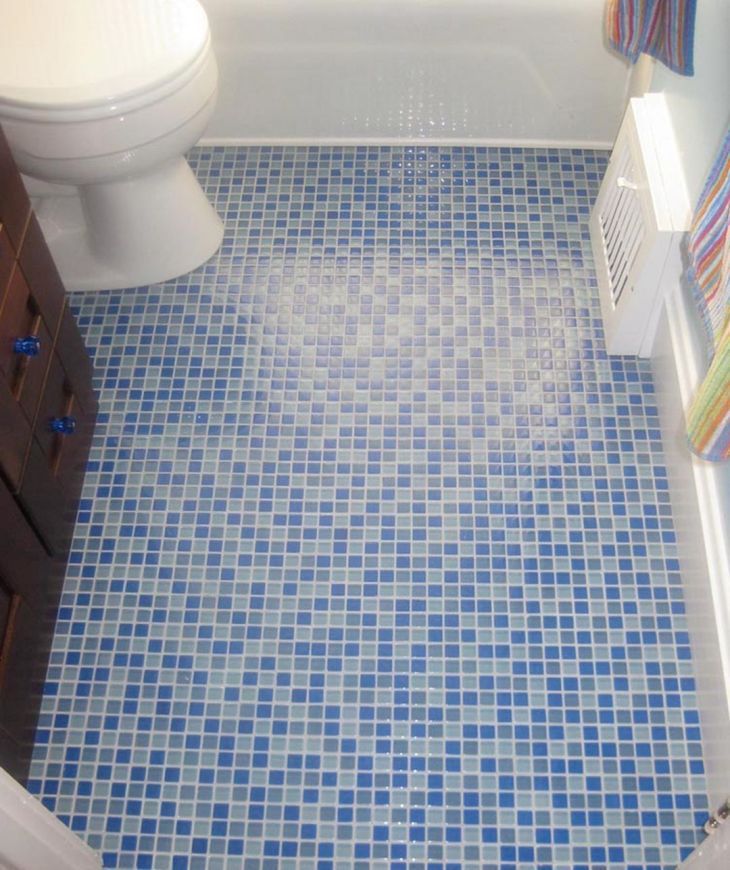 And the main fulcrum for these considerations: water. That’s right, water in all of its various forms can wreak havoc on the home, and bathroom flooring often catches the majority of errant water.
And the main fulcrum for these considerations: water. That’s right, water in all of its various forms can wreak havoc on the home, and bathroom flooring often catches the majority of errant water.
Whether from overspray, spill, leak, drip, or just kids being kids, the simple fact is that water will inevitably end up on your bathroom floor, and the walls, and even the ceiling! It’s utterly unavoidable, and your bathroom must be able to stand up to that barrage of fluid.
For that reason alone, when considering a bathroom remodel, it’s a good idea to research your options to determine what really is the best bathroom flooring for your project. There may be more to it than you think!
Bathrooms Need Waterproof FlooringIn this post we will cover mostly waterproof flooring options. Not sure what is the difference between waterproof and water-resistant? Water-resistant flooring can, as the name implies, resist water, but water can, and eventually will, penetrate and damage the flooring.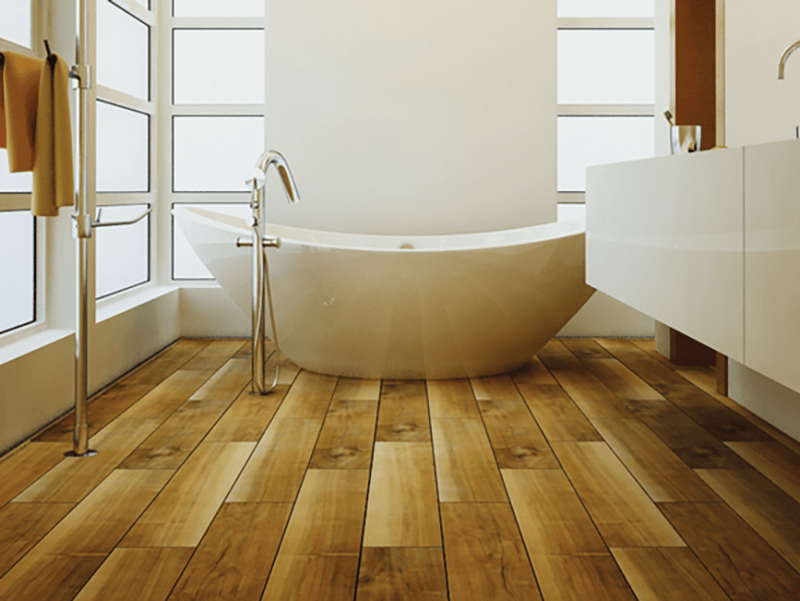
When selecting flooring, water-resistant flooring is a great option for a number of rooms in the home where water is a consideration. For example, kitchens, basements or laundry and mudrooms. Water-resistant flooring is generally less expensive than waterproof flooring, due to the plywood or MDF core materials used in its construction being less expensive. But these porous inner-materials are also what contributes to swelling, warping and peeling when exposed to moisture. Picture a wood veneer top glued to a sponge that has been left to soak up water.
Waterproof flooring is completely impervious to water. Water can sit on it or even penetrate the surface of the flooring without damaging the material, or (arguably more important) the subflooring beneath. Waterproof flooring is considered impermeable to water or moisture. And the materials used to construct the flooring to make it waterproof also prevent mold and mildew development as there is no moisture permeation.
Keeping this in mind, when selecting your materials for bathroom flooring, the best options are really the waterproof options.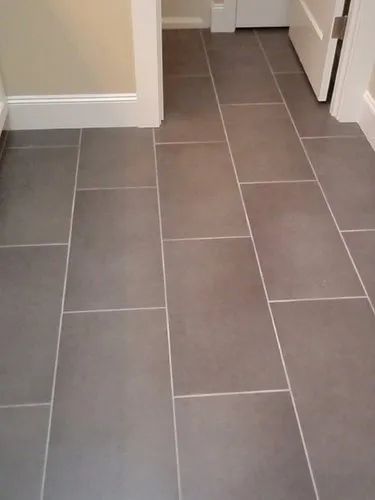 Water-resistant flooring can often weaken from even the inherent moisture and humidity that occurs in a bathroom. And for many of them, once they’re damaged, these water-resistant boards cannot be repaired, leaving a full replacement as the only viable option.
Water-resistant flooring can often weaken from even the inherent moisture and humidity that occurs in a bathroom. And for many of them, once they’re damaged, these water-resistant boards cannot be repaired, leaving a full replacement as the only viable option.
We’re going to cover the best options for waterproof flooring, specifically bathroom flooring, after all, this piece should give you some great bathroom flooring ideas! But before we do, let’s talk about what NOT to do. Not to start on a negative foot, but let’s get this out of the way first.
Don’t Do This in Your BathroomAgain, not to be Captain Negative, but there are just some flooring options you don’t want to select during your next bathroom remodel. And they may surprise you.
CarpetCarpet is great for softness underfoot. It comes in a variety of loops, weaves, patterns and colors. It’s inexpensive. It adds style and beauty to many rooms. It’s dated and horrible for the bathrooms.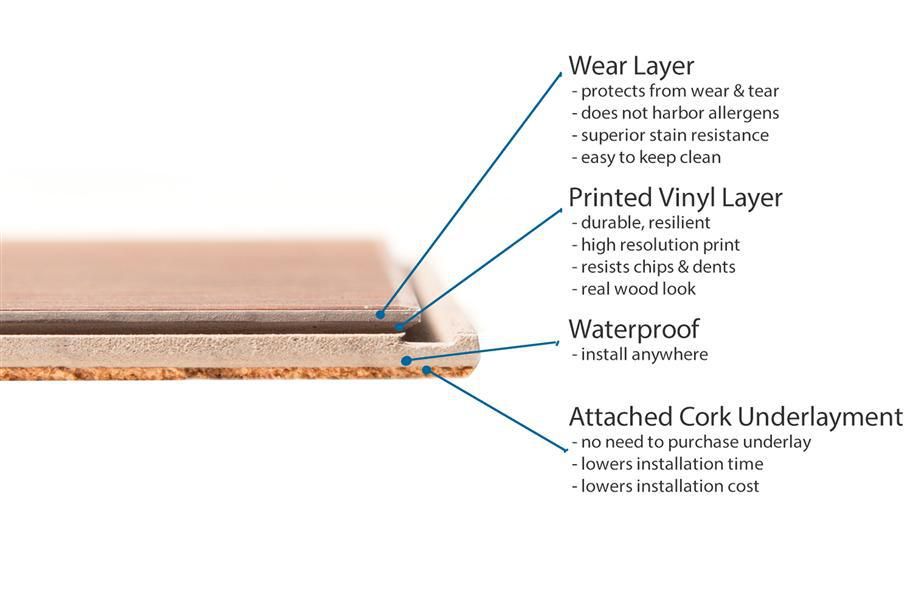
If you grew up in the 1970’s or 1980’s, you may remember carpeted bathrooms. Carpeting soaks up moisture from the air, or water from dripping and overspray, holds it, and turns it into mold and mildew. Mold and mildew can lead to respiratory issues and damage to your subfloor. We won’t even go into the germ factor, but as most of us are aware, bathrooms are a yucky place. Do you really want a bathroom floor that you can’t wash thoroughly?
Hardwood & LaminatesHardwood floors are a great choice in many spots in the home. Timeless looks. Durability. Can be refinished, offering decades of great flooring in nearly every room of the home. Nearly – not all. Don’t put them in the bathroom. In order for hardwoods to work in a bathroom, they would have to be perfectly installed and perfectly sealed from moisture. Otherwise, water will penetrate, and they will rot eventually. Plus, they will need to be re-sealed with a polyurethane type coating more frequently than if they were in another room without the moisture challenges presented by a bathroom.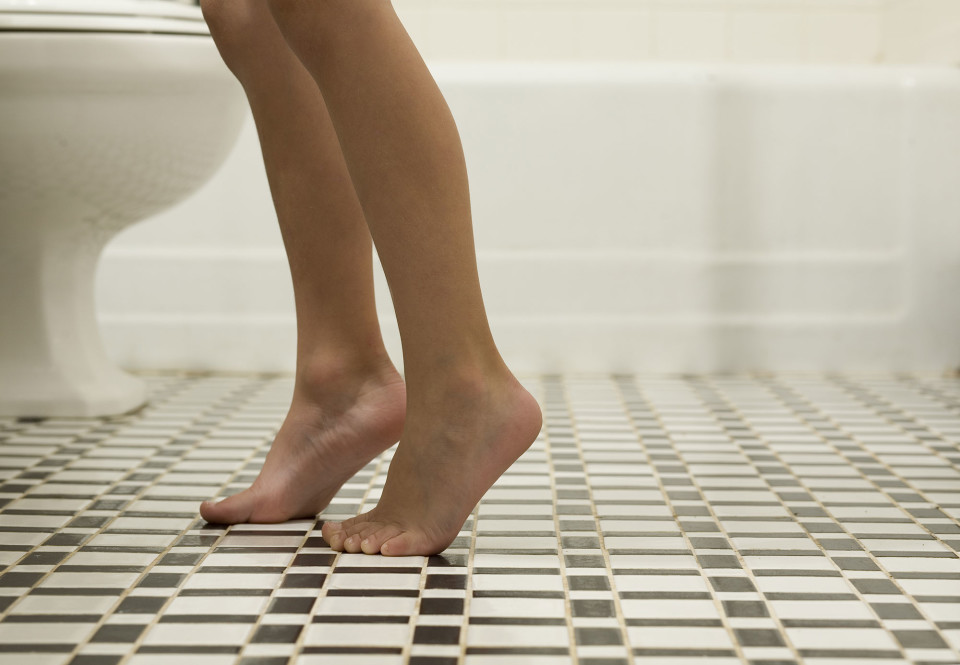
Laminate flooring and engineered woods are also not the greatest choices for bathrooms. While engineered wood does have real wood layers at the top, you have to ensure it is fully sealed as well. Often the material underneath the wood layers is not waterproof or even water-resistant. Such is the case with laminate floors, which typically are not great with water, requiring spills to be cleaned immediately or risk swelling and warping.
Remember, your flooring professionals at The Good Guys can always help you navigate through options of water-resistant vs waterproof flooring and bad vs. good world of bathroom flooring. So don’t hesitate to reach out before you start your project. Get The Good Guys involved early and use our experience to help with planning and product selections.
Now, let’s get to the good bathroom ideas, shall we? The right floors for the most used room in the house!
Best Bathroom FlooringWhen it comes to making a good selection for bathroom flooring, waterproof materials are critical, as we established. Typically, this means harder surfaces, rather than soft ones that will trap water. Remember absorption is the enemy – looking at you, carpet.
Typically, this means harder surfaces, rather than soft ones that will trap water. Remember absorption is the enemy – looking at you, carpet.
The most popular choice for bathrooms is tile. Specifically, ceramic and porcelain tiles are great options for bathrooms. Tile flooring is resilient, waterproof, available in a variety of colors and designs, and generally less expensive than other hard surface options. Porcelain tiles specifically absorb less water than any other ceramic product. Ceramic and porcelain can handle even pools and puddles of standing water, which makes them great options for shower tile.
Tile does have some features that are often perceived as “cons” by some buyers. Tile is a hard surface, so it’s often called “hard” or “cold” or even “sterile”. While it’s true that standing for extended periods of time on tile can be uncomfortable, that is true for any hard surface, and temperature of the floor can be addressed as porcelain and ceramic both work well with radiant flooring systems.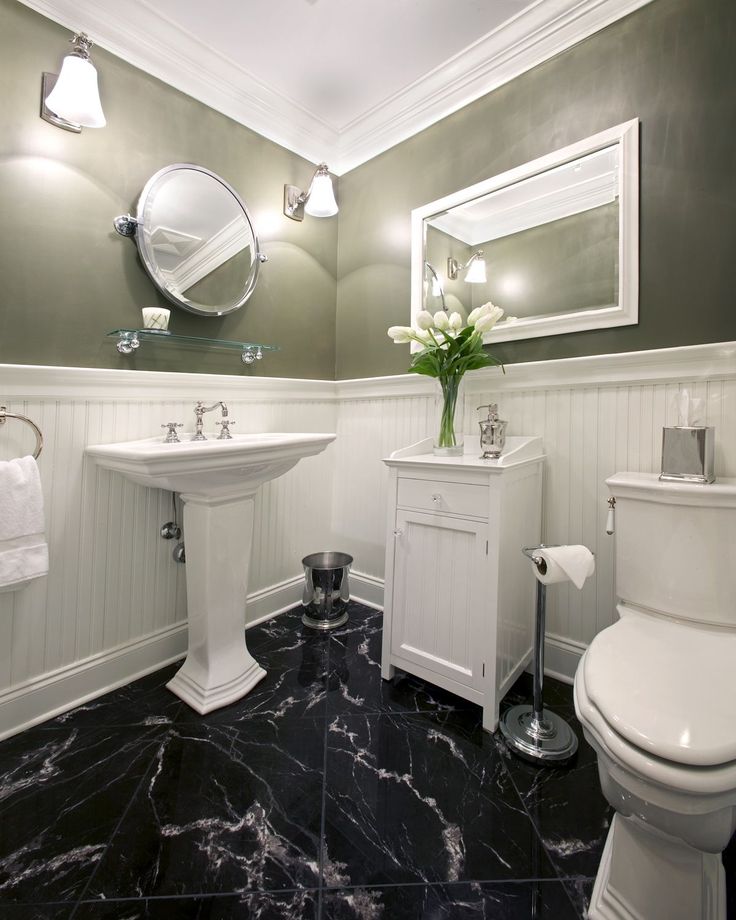 As for sterile, that’s great! Tile doesn’t absorb water and germs and cleans easily, which makes it a great option for sterile environments.
As for sterile, that’s great! Tile doesn’t absorb water and germs and cleans easily, which makes it a great option for sterile environments.
One potential drawback to tile is that it can be slippery when wet, and bathrooms are generally always wet. This is not specific to porcelain or ceramic tile, however. This is true of many hard surface options, however, as porcelain and ceramic tiles are often baked to a smooth finish, people often think of them as more slippery than other surfaces. For tile flooring, especially in a shower, find a tile with a textured surface for safety.
Natural Stone TileAnother great bathroom flooring option is natural stone. There are a wide variety of natural stone options from granite to marble and even limestone. Natural stone tile offers many of the same positives of ceramic and porcelain tile. Resilience to wear, waterproof, variety of naturally-occurring colors and patterns, stone is offered in tiles, planks, even mosaics backed with mesh to hold the smaller tiles together.
There are a few things to consider when looking at stone as an option for bathroom flooring, however. Stone can be difficult to install for the do-it-yourselfer. Be aware of this if you attempt this project on your own. Stone can be slippery like tile, but grout patterns and finishes applied after to “rough” the surface can minimize this. It can also require more regular maintenance than other options, as some stone products require periodic applications of sealant to maintain the stone finish and prevent penetration of dirt and debris, or absorption of moisture.
The largest drawback to many customers looking at natural stone is cost. Natural stone offers a luxurious finish for any bathroom, but it can come at a cost. Stone is one of the most expensive flooring options available. It is a natural, and therefore limited, resource which accounts for the additional cost to extract and manufacture stone flooring.
Waterproof Vinyl FlooringVinyl, however, is on the less expensive side of bathroom flooring options.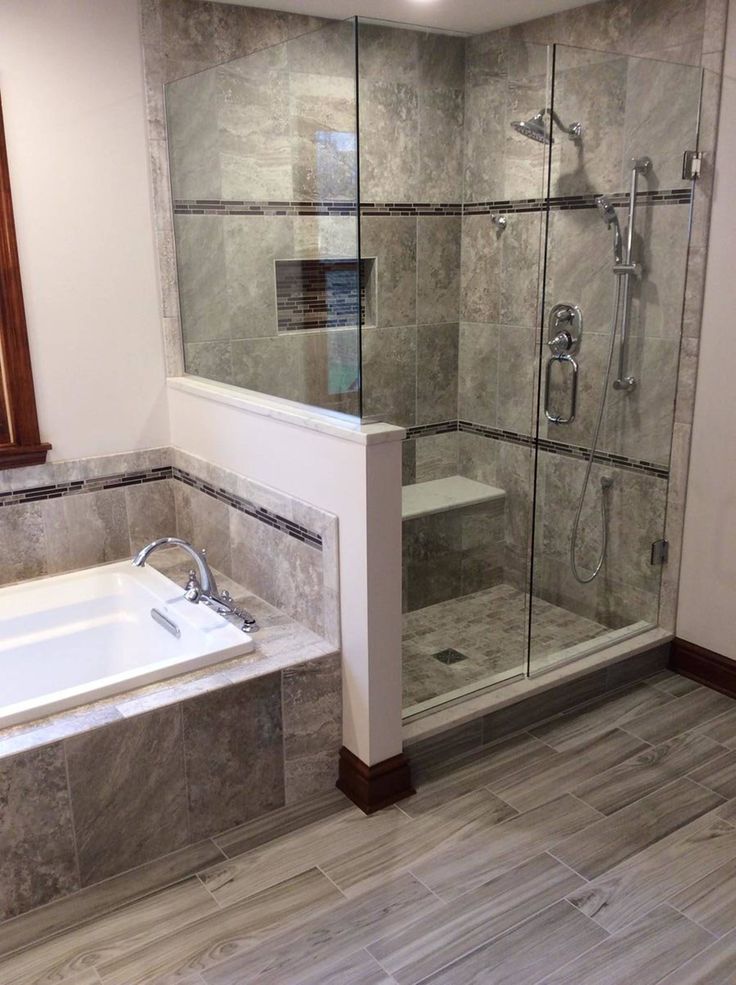 The “vinyl” category encompasses a variety of different product configurations, which are rapidly becoming some of the most popular flooring options on the market today. WPC and SPC Vinyl is a great waterproof option for bathrooms and other wet, high traffic areas. Vinyl can look like wood planks, stone, and even ceramic tile.
The “vinyl” category encompasses a variety of different product configurations, which are rapidly becoming some of the most popular flooring options on the market today. WPC and SPC Vinyl is a great waterproof option for bathrooms and other wet, high traffic areas. Vinyl can look like wood planks, stone, and even ceramic tile.
WPC and SPC Vinyl flooring are rigidcore products, combining the durability, scratch resistance and waterproof features of vinyl. More commonly offered in planks but can be found in square tile as well, the core of these products are made from wood or stone polymer compounds and protected by a wear layer, making both of these great waterproof options for bathroom floors.
Waterproof vinyl is more affordable than stone, and hardwood too, which is why many people are using it in other rooms of the house in place of hardwood floors. It resists scratches and offers a wider variety of color and pattern options than the natural products are designed to mimic.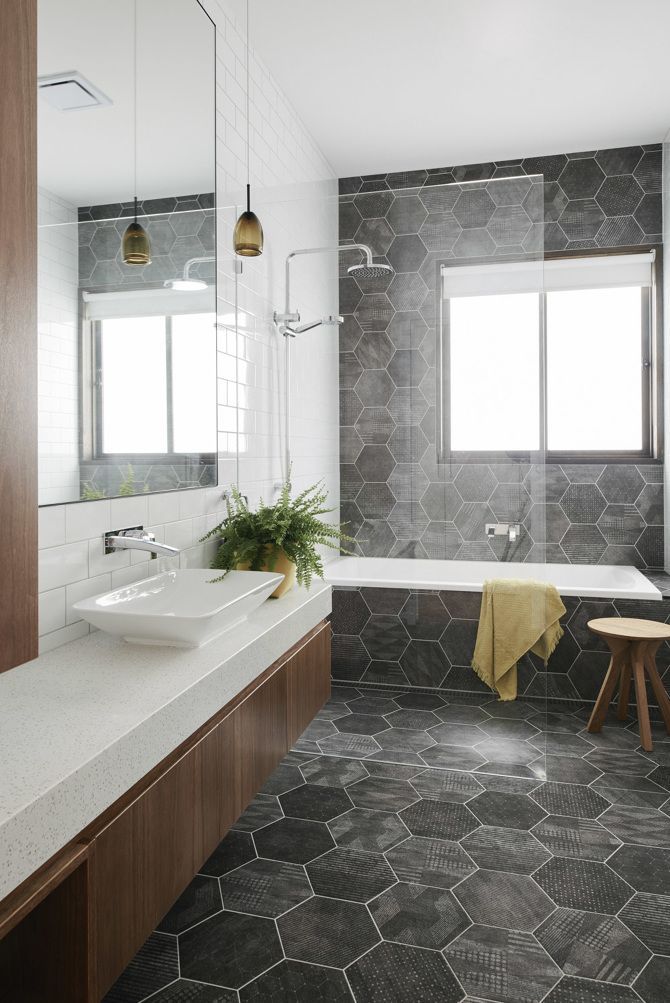
Of course, if you’re in an area or building where you have a concrete foundation or subfloor, you can always stain and finish the concrete floors. Be aware, however, concrete is not waterproof unless it has been properly finished and sealed. This is not really a do-it-yourself type project as it generally involves acid etching the concrete in order to prepare it for staining and typically extensive filling, patching and grinding. But stained concrete is an inexpensive and beautiful option for flooring, offering a variety of color finishes, each unique to the concrete, so no one else will have the same floor as you. However, they can be slippery when wet like tile and require a non-slip additive, and many prospective homebuyers will find them cold or a bit too risky, so factor this in if you are remodeling to sell. Your partners at The Good Guys can help guide you to this choice too!
Have Fun with It!One other thing to consider when looking at bathroom flooring is size.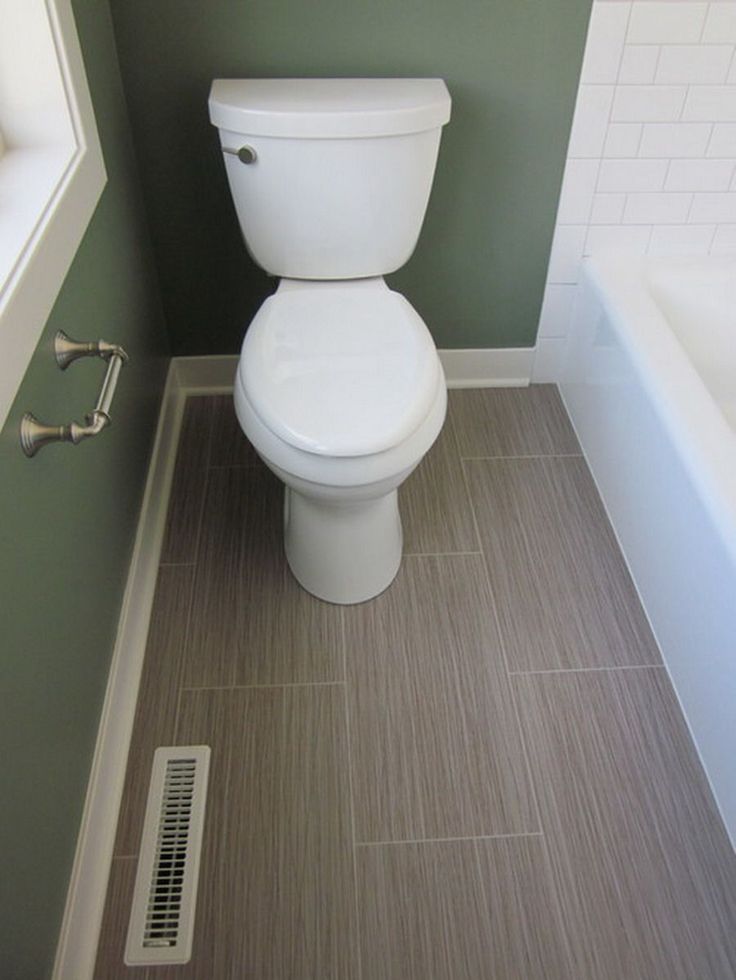 They say size isn’t everything, but if you have a small bathroom it’s a great opportunity to stretch your flooring wings and dollar. A small bathroom lets you experiment with pattern tile, which can really make the space look bigger, and you can get a more expensive tile, as you won’t require as much material as you would in a larger bathroom. Go bold, and don’t be afraid to try something different or unusual for your particular tastes.
They say size isn’t everything, but if you have a small bathroom it’s a great opportunity to stretch your flooring wings and dollar. A small bathroom lets you experiment with pattern tile, which can really make the space look bigger, and you can get a more expensive tile, as you won’t require as much material as you would in a larger bathroom. Go bold, and don’t be afraid to try something different or unusual for your particular tastes.
Finding the right bathroom flooring doesn’t need to be a chore or feel limiting. As you can see, there are many more options now than you may have had in years. And remember, your flooring professional partners at The Good Guys can assist in your search for the perfect bathroom floor!
The Top 6 Bathroom Flooring Options - Tips for Choosing Flooring . But the most important requirement is resistance to large temperature extremes and high humidity.
What are the options?
The construction market offers a wide range of floor coverings.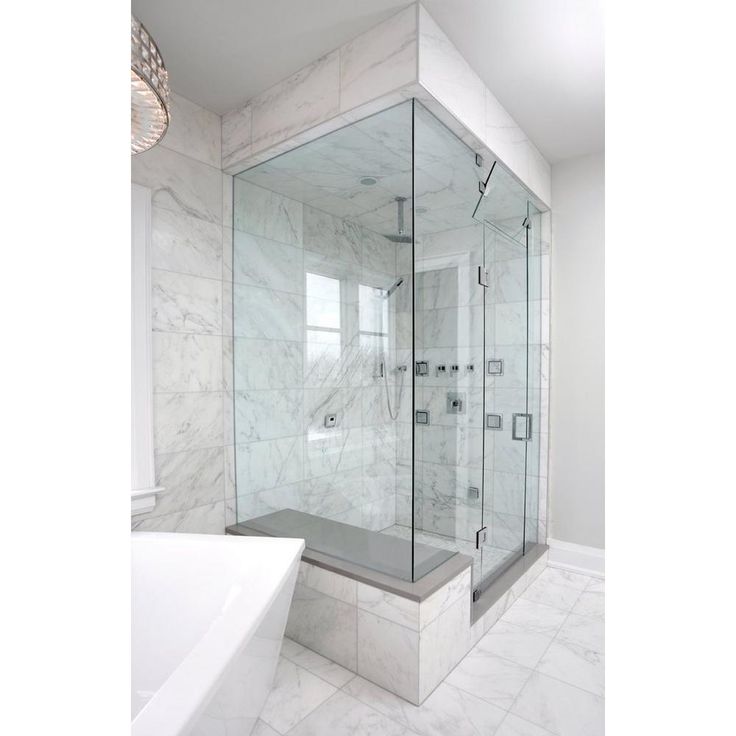 They differ in price, installation method and quality. The most optimal of them are:
They differ in price, installation method and quality. The most optimal of them are:
- ceramic tiles
- laminate (moisture resistant)
- natural or artificial stone floor
- vinyl floor
- self-leveling floor
- cork flooring
More about each option
Ceramic tiles are resistant to mechanical damage and high humidity. These two advantages make it the most common type of flooring in the bathroom today. nine0003
Also in its favor is a wide range of products - different sizes, shapes, patterns, matte or glossy surface. The tile does not deform and is resistant to chemicals.
However, it slips, which is dangerous to health. To correct this shortcoming, experts recommend buying ceramic tiles with a rough or embossed surface for the bathroom. This type of coating will provide stability, even if moisture has accumulated on the floor. nine0003
Natural or artificial stone is rarely used in the bathroom. It is often chosen to create a special kind of room when they want to emphasize its expensive design and unusual renovation solutions.
It is often chosen to create a special kind of room when they want to emphasize its expensive design and unusual renovation solutions.
This material is difficult to mount, and its cost is high. It's easy to slip on wet rocks. The indisputable advantage of this flooring option is a very long service life.
Moisture resistant laminate tolerates frequent accumulation of water on the surface much more easily, but this does not mean that he is not afraid of liquid. In order for such a floor to serve for many years, it will have to be carefully looked after, that is, often wipe the water or the resulting condensate.
This material is pleasant to the touch and, the hardest thing to achieve in the bathroom, always stays warm (room temperature). Having made the floor in the bathroom out of it, you will be able to create an interesting view of the room. A variety of coating options will allow you to choose a product with the desired pattern and texture. nine0003
nine0003
vinyl sheet has all the characteristics that a bathroom floor should have. It is presented on the market in a variety of colors and many textures. During its installation, the formation of joints is practically excluded (unless the room has a large area).
This is a strong material that does not deform. Vinyl does not absorb water, and it also has anti-slip properties.
Self-leveling floor is a mixture based on a polymer mass, which is poured onto a certain area and it quickly hardens. Modern technologies make it possible to obtain an absolutely transparent surface, which makes it possible to create an interesting decor. Often, wallpaper is spread under such a mixture or coins are laid out, it is also possible to create any other composition. When using this material, you can achieve a 3D effect.
This coating is non-slip and easy to care for. The floor can last several decades and still not change its appearance.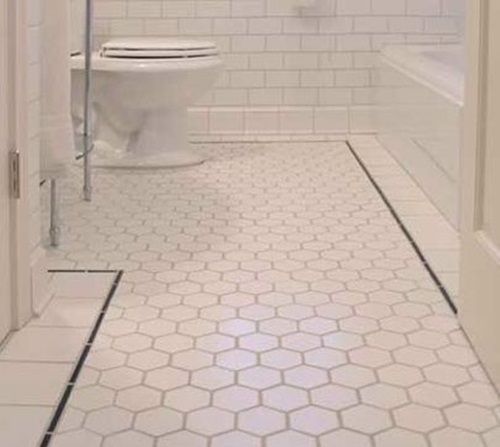 It is resistant to mechanical damage. nine0003
It is resistant to mechanical damage. nine0003
Cork flooring has many advantages. Despite the fact that it is made of wood, the coating does not absorb moisture. It is also pleasant to walk on such a floor. Cork is an environmentally friendly floor covering.
Cork is also easy to care for. It is almost impossible to slip on a cork floor. In addition, such a solution will favorably emphasize the design of the room.
Based on the above information, you can choose a bathroom cover that suits you in terms of cost and quality. Happy repair! nine0003
Bathroom floor: 6 finishes
06.12.2022
1 star 2 stars 3 stars 4 stars 5 stars
Porcelain tile, quartz vinyl, natural stone and other finishes that are great for finishing the floor in the bathroom.
Shutter Stock
Tiles, laminate, stone, cork, linoleum - today there are many options for flooring. Some of them are better than others for rooms with high humidity and other special characteristics. In this article, we will consider the options for decorating the floor in the bathroom with all the pros and cons of each material.
Which finish should I choose for my bathroom floor? Listed the ideas in the video
What kind of floor to make in the bathroom
Selection criteria
Best options
— Tile
– Porcelain stoneware
— Quartzvinyl
— Natural stone
— Moisture resistant laminate
— Self-leveling floor
To understand which flooring to choose for the bathroom, you need to focus on a few key characteristics: Moisture resistance. Since the bathroom is a wet area with high humidity, the floor material should not be afraid of water and any contact with it.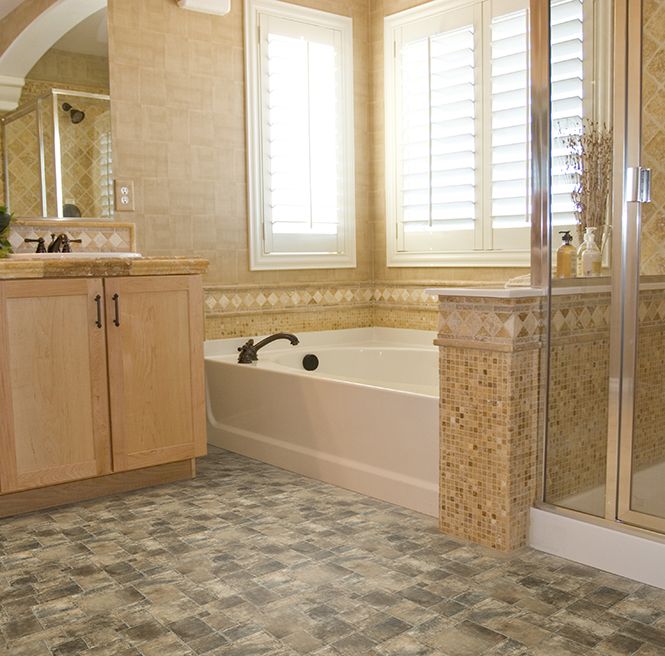 Otherwise, the coating may deteriorate, and a fungus can start on or under it. nine0010
Otherwise, the coating may deteriorate, and a fungus can start on or under it. nine0010
Pexels
Let's take a look at a few popular finishes that are best suited for this area.
Tile
Ceramic tiles are the classic choice for all wet areas, in particular the bathroom. This material has many advantages and only a few disadvantages.
Pros
- Moisture resistance - ceramics are not afraid of direct contact with water, air humidity and steam.
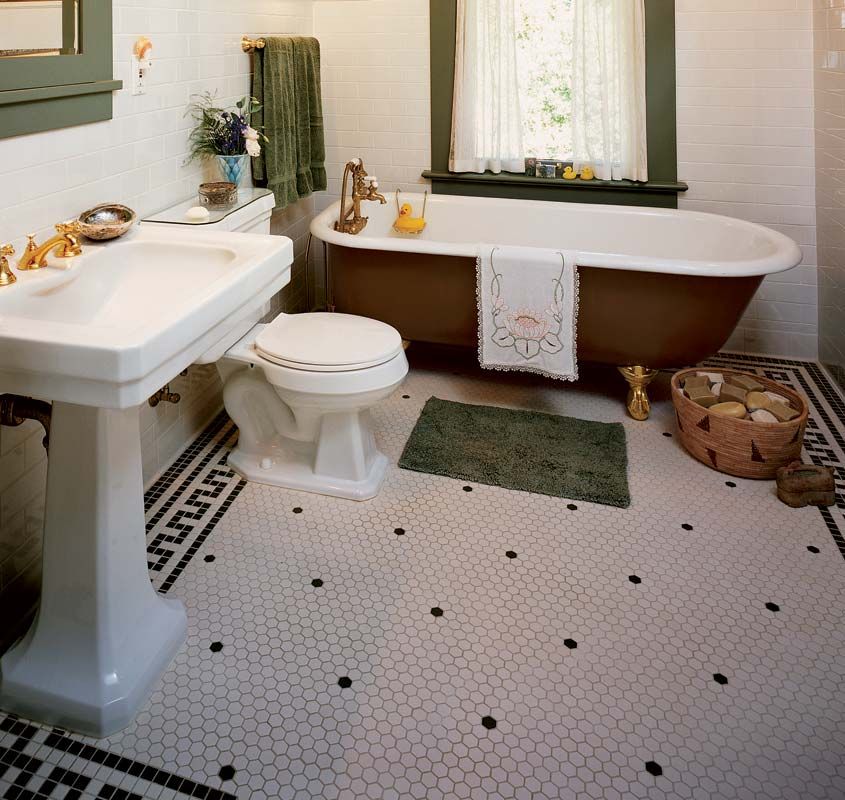 She can veneer any part of the bathroom, including a bath or shower. nine0010
She can veneer any part of the bathroom, including a bath or shower. nine0010 - Durability - on average, tiles serve quietly for 10-15 years, and with proper installation and careful handling, even more. The main thing is to regularly wash the surface, and if mold suddenly appears, get rid of it quickly.
- Versatility - this applies both to the design of the material itself (there are details of different shapes, sizes, colors, with and without patterns), and the ability to fit it into the interior. The tile will look appropriate in absolutely any style.
- Easy care - since ceramic is not afraid of water or household chemicals, it is very easy to care for it. For regular cleaning, you only need a rag and any suitable cleaning agent. nine0010
- Environmental friendliness - ceramic cladding does not contain any harmful or toxic elements, so it is environmentally friendly, hypoallergenic and safe for children.
Cons
- The main disadvantage of ceramics is its coldness.
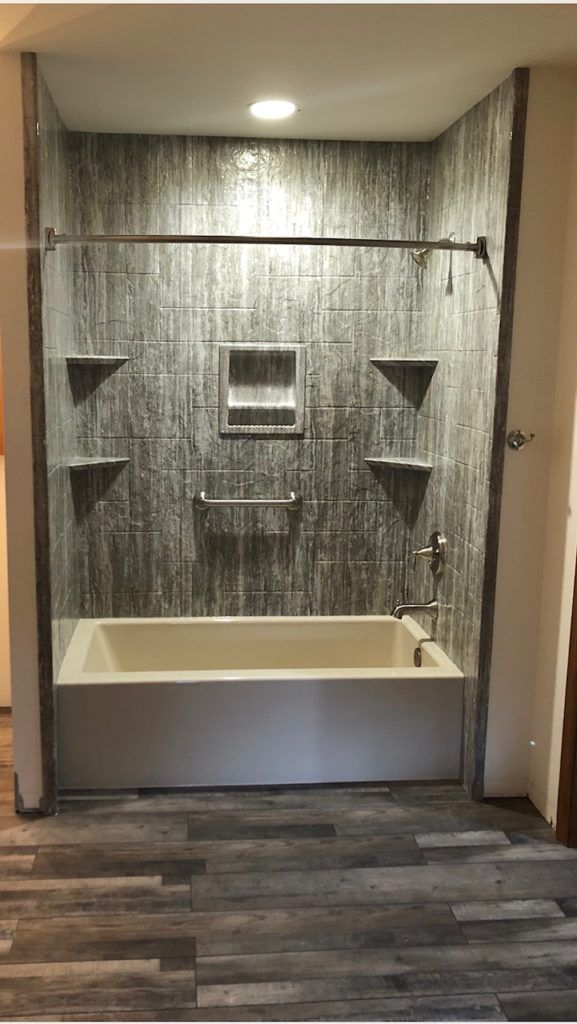 Stepping on such a surface with bare feet is not very pleasant, especially when you get out of the shower or bath. There are two solutions. More complex - to make a warm floor in the bathroom. The second, simpler and more economical, is to simply lay a bath rug. nine0010
Stepping on such a surface with bare feet is not very pleasant, especially when you get out of the shower or bath. There are two solutions. More complex - to make a warm floor in the bathroom. The second, simpler and more economical, is to simply lay a bath rug. nine0010 - Most types of tiles require grouting. They, in turn, become unusable faster than the cladding itself, so they need to be looked after and, if necessary, renew the grout after a while.
- Another drawback is the relatively difficult installation. In general, you can deal with it on your own, but for reliability, masters are usually called. Also, if the tile has a complex shape or does not fit in size, it will need to be cut.
ShutterStock
Porcelain stoneware
This material is considered the "big brother" of ordinary tiles and is also very popular for decorating the floor in the bathroom (photo below). The advantages and disadvantages of porcelain stoneware are almost identical to classical ceramics, so it makes no sense to list them separately.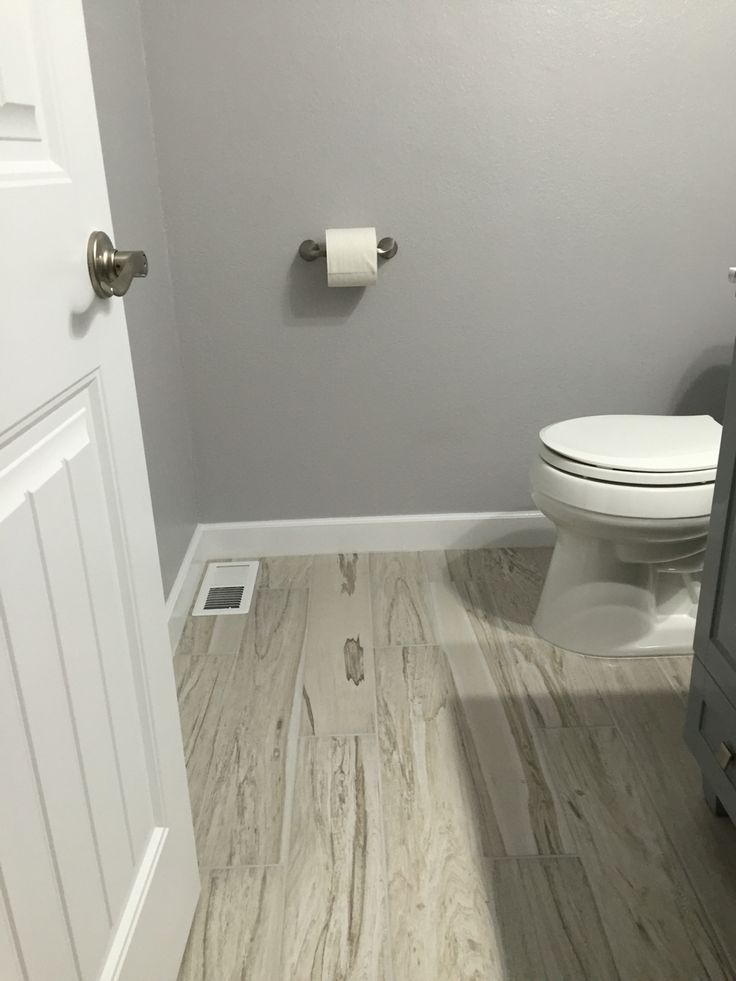
But there are a few nuances that are important to consider:
- Porcelain stoneware is characterized by a large format: 45x45 cm, 60x60 cm and more. There are slabs with a side of more than a meter, up to 3 m. Despite the stereotype that only small details should be in a small space, in fact this is one of the main trends of 2023 in bathroom design. nine0010
- Porcelain stoneware can be laid as standard as tiles, but seamless models are also available. This solves the problem with floor care, but keep in mind that such varieties cost more.
- The visual variety of this material is slightly less than that of a tile. The design of the slabs mainly imitates various textures: concrete, wood, marble, and other types of stone. The result is a discreet, but noble and visually expensive finish.
Unsplash
nine0088 Quartz vinyl PVC tile (and quartz vinyl is its most popular variety) is very relevant today.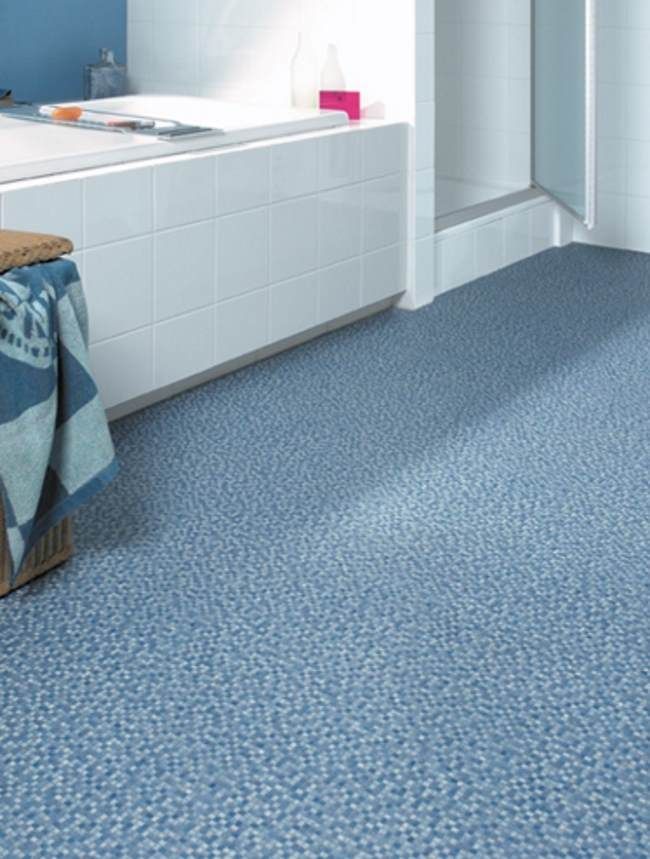 This is a modern multi-layer material that has absorbed all the best from traditional tiles, but due to the changed composition, it also eliminates the main disadvantages of ceramics. The composition of quartz vinyl is based on quartz sand, which gives it strength, and a polymer that provides elasticity. The plates consist of five layers, therefore, both in structure and visually, the coating is more like a laminate than a tile. nine0003
This is a modern multi-layer material that has absorbed all the best from traditional tiles, but due to the changed composition, it also eliminates the main disadvantages of ceramics. The composition of quartz vinyl is based on quartz sand, which gives it strength, and a polymer that provides elasticity. The plates consist of five layers, therefore, both in structure and visually, the coating is more like a laminate than a tile. nine0003
Pros
- Wear resistance — due to the complex composition and multi-layered nature of the plate, quartz vinyl lasts for a long time, is not afraid of sunlight, exposure to chemicals (including aggressive ones), temperature changes.
- Moisture resistance - like all types of tiles, the material perfectly tolerates contact with water and high humidity.
- Unpretentiousness - you can clean PVC tiles in any way: vacuum, wipe with a damp cloth or napkin with a product, walk with a mop. And thanks to the antistatic effect, dust is practically not collected at the joints, which makes cleaning even easier.
 nine0010
nine0010 - Warmth is the main advantage of the material over other similar ones. Unlike tiles or porcelain stoneware, quartz vinyl, like a wooden floor, is tactilely pleasant, it does not require additional heating or a soft coating.
- Design - visually, PVC tiles look like high-quality laminate, parquet or stone. This allows you to create the atmosphere of a living room in the bathroom and fill the space with natural textures.
Cons
- Under this coating, it is necessary to carefully prepare the base so that there are no irregularities, otherwise they will be visible through the plates.
- Since quartz vinyl is sufficiently elastic, it can eventually sag under the legs of heavy furniture or equipment.
- Not all types of underfloor heating are suitable for PVC tiles: for example, you cannot use a film one, since the infrared heating can be too strong and thereby damage the plates.
ShutterStock
Natural stone
Like any natural material, stone is always an expensive pleasure. But if you are looking for premium interior coverage, this is one of the best options.
But if you are looking for premium interior coverage, this is one of the best options.
Pros
- Appearance — of course, natural stone looks noble and expensive. It immediately transforms even a small neutral space.
- Durability - such a floor will last for decades, it is not afraid of mechanical and chemical influences, it is not afraid of high temperature, steam and contact with water. nine0010
- Safety - for example, unpolished marble does not slip at all when exposed to water.
Cons
- The cost is the main and practically the only drawback of the stone.
- Weight - stone slabs are quite heavy, this must be taken into account, especially if you are decorating a bathroom in a private house.
- Care - to keep the coating from losing its natural beauty, it must be periodically treated with special compounds and kept clean. nine0010
ShutterStock
Moisture Resistant Laminate
Laminate is definitely not the most obvious option when you need to decide which floor to choose for your bathroom.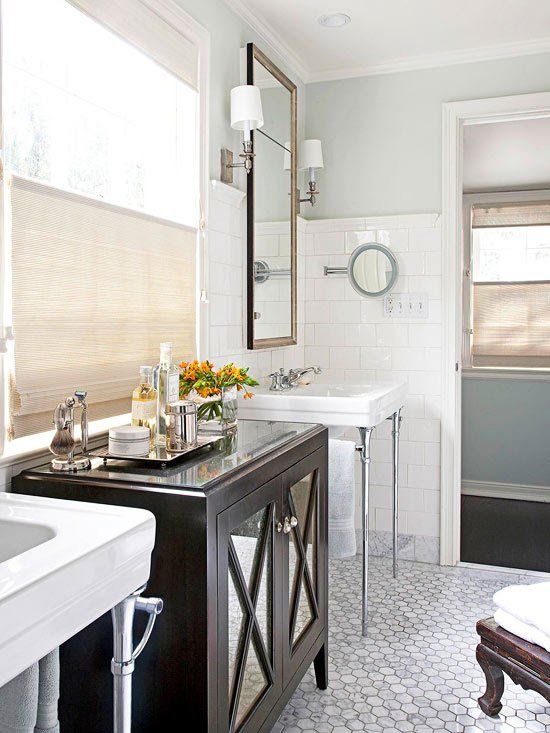 It is believed that this material is suitable exclusively for residential areas, since in itself it really does not like moisture. However, laminate flooring has grades, and some of them are suitable for the hallway, kitchen or bathroom (for example, 33 and 34). Consider the pros and cons of the moisture resistant version of this coating. nine0003
It is believed that this material is suitable exclusively for residential areas, since in itself it really does not like moisture. However, laminate flooring has grades, and some of them are suitable for the hallway, kitchen or bathroom (for example, 33 and 34). Consider the pros and cons of the moisture resistant version of this coating. nine0003
Advantages
- Installation is simple: you can actually handle the process of laying the plates yourself, without involving a specialist.
- This is a fairly inexpensive material that is suitable for budget repairs.
- The laminate floor is warm, it is pleasant to walk on it with bare feet even without additional heating.
- Imitation of wood texture makes the interior more comfortable, the main thing is to choose a coating with a high-quality pattern.
Cons
- After all, laminate does not like frequent and direct contact with water, so it is better to lay it in a storage area or, for example, in a separate toilet.
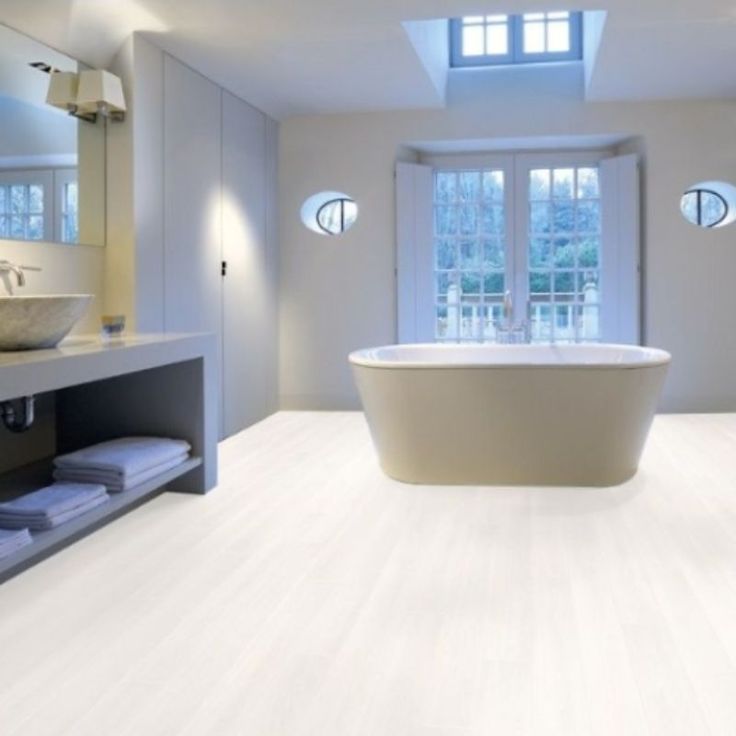 And for the shower choose more traditional materials.
And for the shower choose more traditional materials. - It is the moisture-resistant coating option that will not be as cheap as the standard one.
- Most likely, in the bathroom will not last as long as ceramics, quartz vinyl or natural stone.
ShutterStock
nine0088 Self-leveling coatingSelf-leveling floor is a rather unusual finishing option, which is used much less often than tiles or porcelain stoneware, but in fact it is also well suited for a bathroom. Unlike all other finishing materials, this one is not laid out from its component parts, but completely covers the entire floor. The process is similar to concrete pouring, but a self-levelling compound is used, and such a finish is already considered a fine finish.
Pros
- Fast work - on average, after pouring the mixture, you can walk on such a floor in a few hours. This is convenient, since you do not need to wait 1-2 days for further work.
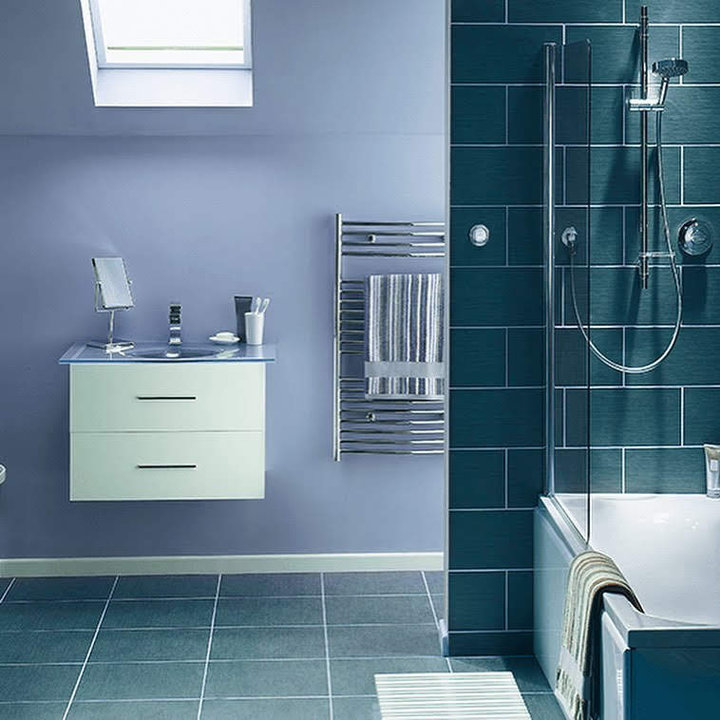
Learn more
